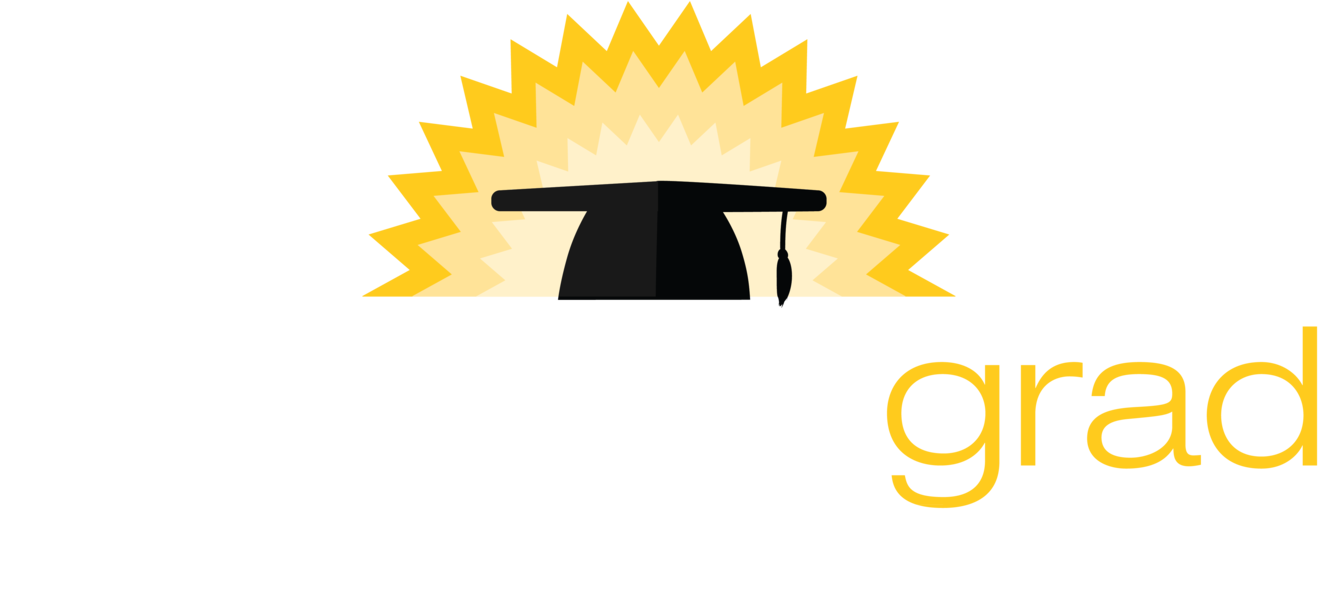You’re on a mission, like Indiana Jones searching for the Holy Grail. But instead of ancient artifacts, you’re chasing your dream job. Your resume is your map, and the key to success lies in gathering the right data – not dusty manuscripts, but valuable information to craft a compelling story.
Forget generic templates and one-size-fits-all approaches. Think like Indy, uncovering hidden sources to build a resume that shines brighter than a golden idol. Here are your clues:
1. The Case of the Curious Colleague
Don’t underestimate the power of your network. Chat with colleagues, past bosses, and mentors. Ask them: “What skills did you see me using effectively? What achievements stand out the most?” Their insights into your strengths and impact can be gold.
2. The Performance Review Puzzle
Dig into past performance reviews. They’re treasure troves of quantitative data like sales figures or project metrics. Quantify achievements wherever possible – it speaks volumes to hiring managers. Here’s an example: Developed social media marketing campaign, leading to 50% increase in brand engagement within first three months.
3. The Social Media Sleuth
LinkedIn isn’t just for job hunting. Analyze your profile. Identify skills endorsed by connections, projects you’ve shared, and positive recommendations. This paints a richer picture of your professional image.
4. The Industry Insider
Industry reports, job descriptions, and even company websites hold valuable clues. Analyze keywords used for desired skills and experiences. Tailor your resume content to match that language – like speaking the secret code to unlock the ATS gatekeeper. Here’s an example: Sarah incorporated relevant keywords and phrases such as “social media management,” “content creation,” and “digital marketing analytics” into her resume content to align with a prospective employer’s expectations.
5. The Awards and Accolades Archive
Dust off those certificates, awards, and recognition you’ve received. They’re not just wall decorations; they’re data points showcasing your accomplishments and expertise. Feature them strategically to add credibility and social proof. Here are some examples:
– Graduated magna cum laude.
– Received Dean’s List honor for four consecutive semesters.
– Recognized as “Intern of the Month” for outstanding contributions to Marketing Team.
– Awarded “Outstanding Student Leader” accolade for exemplary leadership skills and contributions to campus organizations.
6. The Personal Project Pursuit
Remember that passion project you tackled? Even hobbies and volunteer work can be sources of data. Did you lead a team, manage budgets, or develop new skills? Translate those experiences into transferable skills relevant to your target job.
7. The Feedback Loop
Your resume is a dynamic document, not a static relic. As you gather new data through experiences, update and adapt your story. With your detective hat on and data sources at hand, you’ll craft a resume that’s not just a piece of paper, but a powerful tool to unlock your next career adventure.


